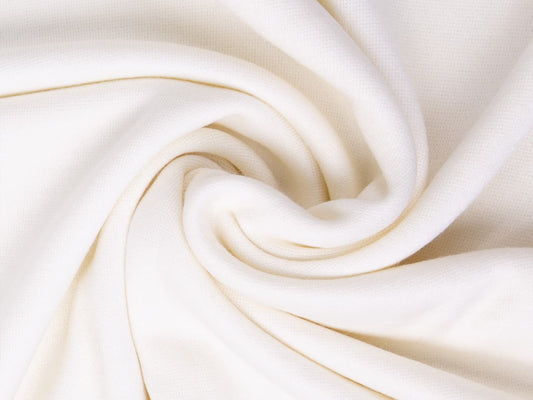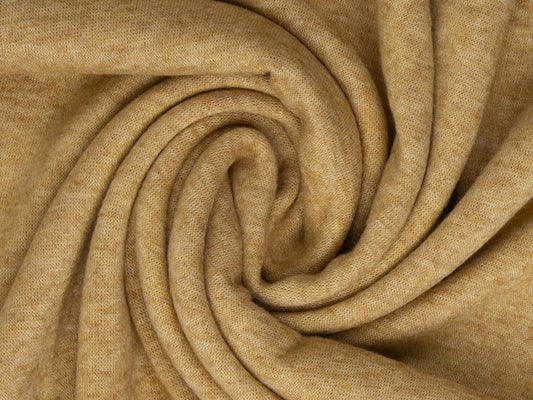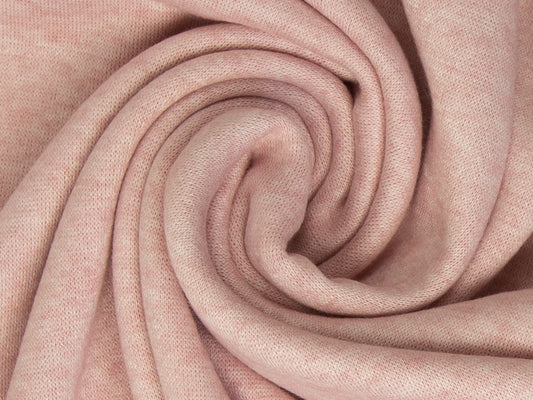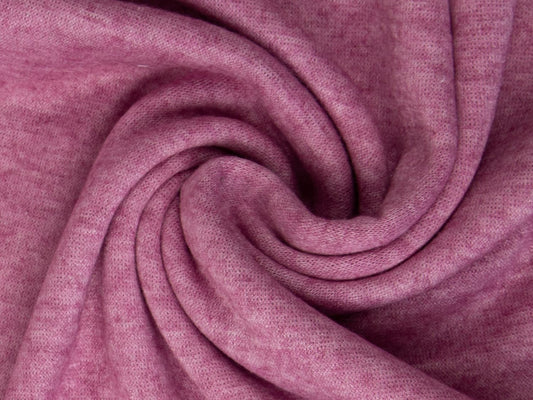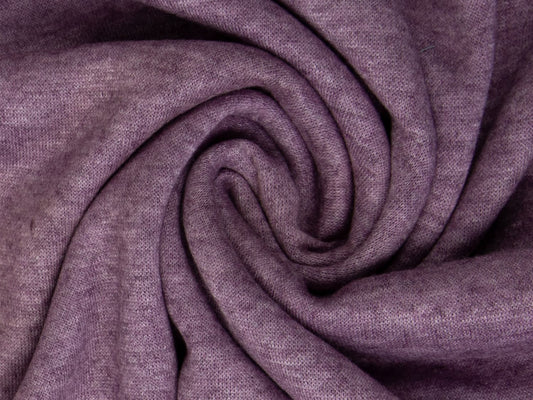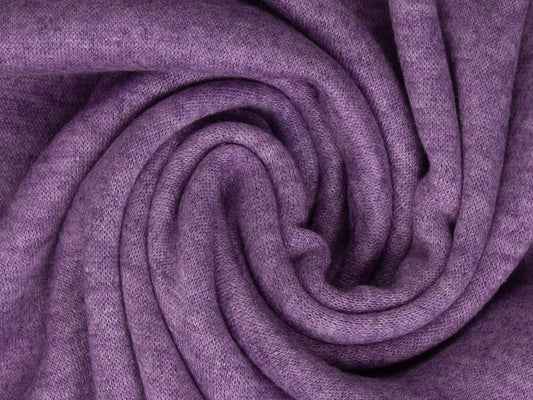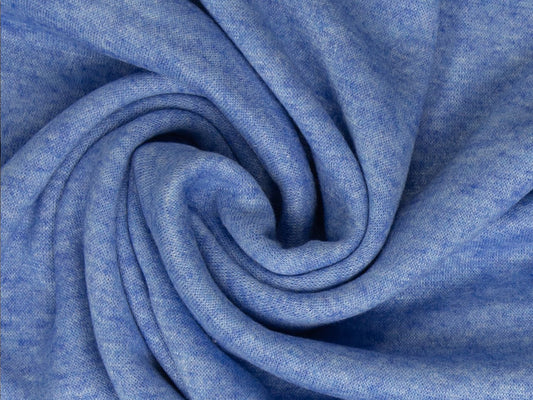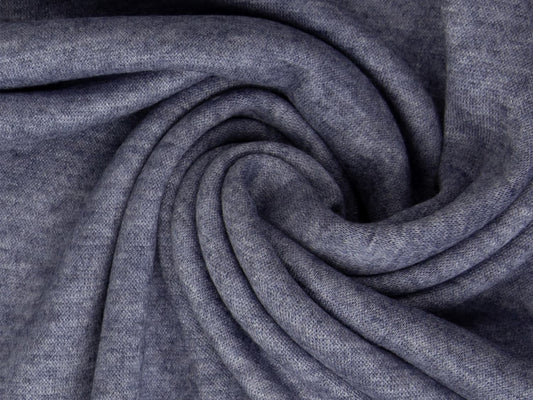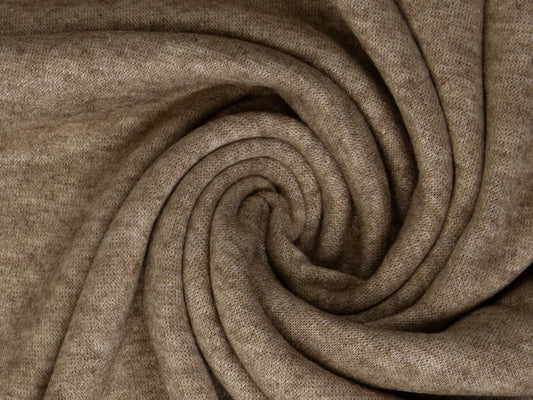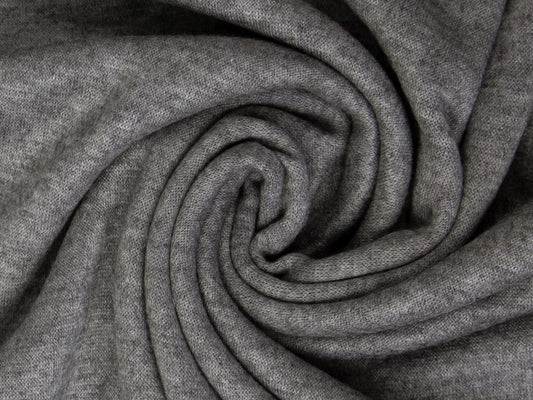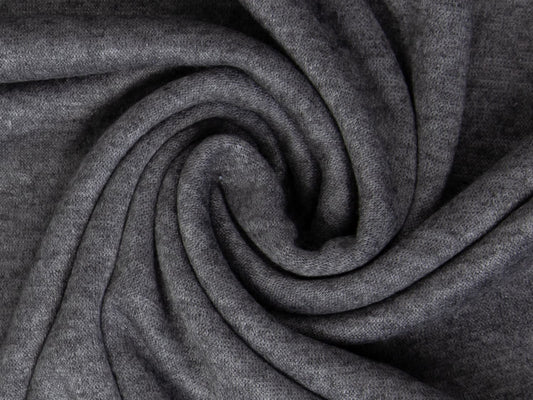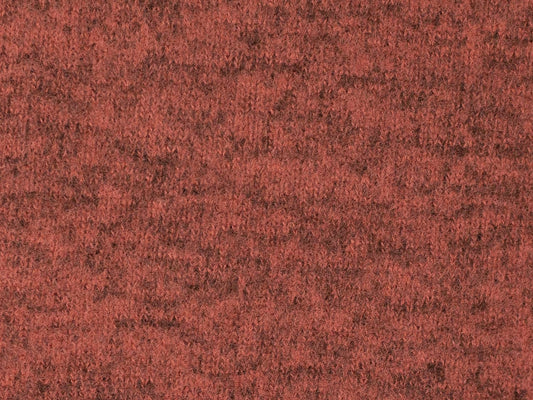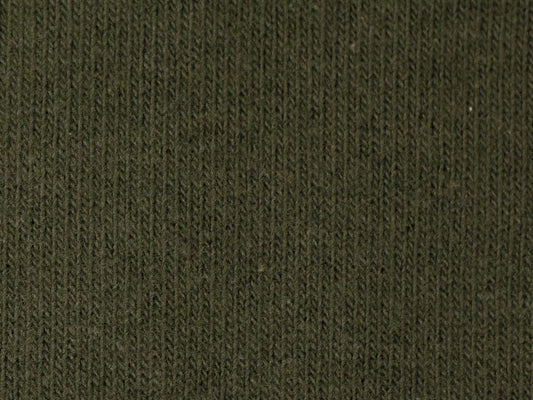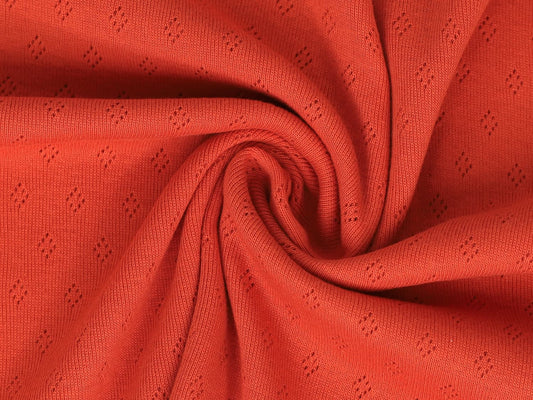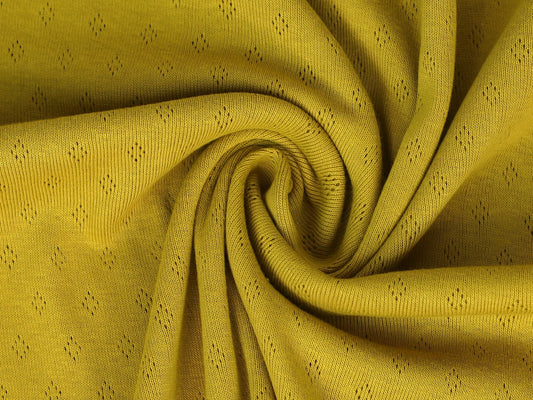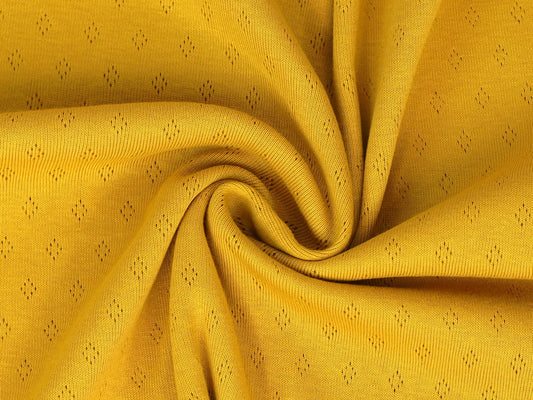-
Knitted fabric viscose - Kai - wool white
Regular price €8,45 EURRegular priceUnit price €16,90/m -
Knitted fabric viscose - Kai - mustard mottled
Regular price €8,45 EURRegular priceUnit price €16,90/m -
Knitted fabric viscose - Kai - mottled old pink
Regular price €8,45 EURRegular priceUnit price €16,90/m -
Knitted fabric viscose - Kai - pink mottled
Regular price €8,45 EURRegular priceUnit price €16,90/m -
Knitted fabric viscose - Kai - berry mottled
Regular price €8,45 EURRegular priceUnit price €16,90/m -
Knitted fabric viscose - Kai - purple mottled
Regular price €8,45 EURRegular priceUnit price €16,90/m -
Knitted fabric viscose - Kai - mottled blue
Regular price €8,45 EURRegular priceUnit price €16,90/m -
Knitted fabric viscose - Kai - dark blue mottled
Regular price €8,45 EURRegular priceUnit price €16,90/m -
Knitted fabric viscose - Kai - mottled brown
Regular price €8,45 EURRegular priceUnit price €16,90/m -
Knitted fabric viscose - Kai - grey mottled
Regular price €8,45 EURRegular priceUnit price €16,90/m -
Knitted fabric viscose - Kai - dark grey mottled
Regular price €8,45 EURRegular priceUnit price €16,90/m -
Knitted fabric - Lotta - rust-red mottled
Regular price €8,45 EURRegular priceUnit price €16,90/m -
Knitted fabric - Bono - khaki mottled
Regular price €11,45 EURRegular priceUnit price €22,90/m -
Fine knit jersey - Pointelle - orange red
Regular price €6,00 EURRegular priceUnit price €12,00/m€7,45 EURSale price €6,00 EURSale -
Fine knit jersey - Pointelle - golden yellow
Regular price €6,00 EURRegular priceUnit price €12,00/m€7,45 EURSale price €6,00 EURSale -
Fine knit jersey - Pointelle - mustard
Regular price €6,00 EURRegular priceUnit price €12,00/m€7,45 EURSale price €6,00 EURSale
Collection: knit fabrics
Fabric Knowledge – Knit Fabric
What are knitted fabrics and how is knitting made?
Knitwear is a type of knitted fabric. The fibers are knitted industrially by a production machine, rather than by hand as was previously common. Industrial knitting machines operate at a much higher frequency and are capable of producing more knitwear than would be possible with manual production. Regarding the fibers used, animal fibers, such as sheep's wool, and plant fibers, such as cotton, are used. In addition, artificial, synthetic fibers are increasingly being used. Regarding the composition, blended fabrics made from different fiber qualities are also possible. Different types of knitwear can be produced depending on the fiber thickness used and the specific production pattern of the knitting machine. For example, chunky knits are thicker than fine knits, which are prized for their smooth, fine surface texture but are less comfortable and cozy. There are also jacquard knits with beautiful patterns, wonderfully cuddly knit sweatshirts, and rib knits with their characteristic ribbed texture.
What are the properties of knitted fabric?
Besides its attractive appearance, knitted fabric is primarily associated with being soft, warm, and cozy. This makes it ideal for autumn and winter, as well as cool and mild summer nights. But this textile has other great qualities that contribute to its popularity. Knitted fabric is not woven; it is machine-knitted fabric. As a result, the material is more elastic and therefore more comfortable to wear. The stretch and elasticity depend not only on the fiber but also on the knitting technique, meaning how tightly the individual fibers are knitted. Most knitted fabrics are very stretchy in width, and some versions are also elastic in length, making them bi-elastic. This allows for the creation of beautifully fitting sweaters or cardigans that fit close to the body, or stretchy, lightweight dresses. Of course, the material also offers an invaluable advantage in terms of time and effort compared to knitting by hand. Some people, often those with sensitive skin, may find natural wool fibers scratchy or irritating. In this case, you can wear a shirt or undershirt underneath, or even line the garment with a smoother fabric to reduce this effect.
For which DIY sewing projects is knitted fabric suitable?
Knit fabric is ideal for comfortable autumn and winter clothing as well as chic accessories. The great thing about knit fabric is that you can create your own beautiful knitwear pieces without having to pick up your knitting needles. Sewing projects with knit fabric can include:
- Cardigans
- fine knit sweaters
- Chunky knit sweaters
- Hats
- Cardigans
- Cover
- Ponchos
- Leg warmers
- Scarves
- Dresses
- Hoodies
How is knitted fabric properly processed and cared for?
What needs to be considered when cutting and sewing knitted fabric?
For cutting elastic knit fabrics, you'll need a suitable surface, such as a cutting mat that is particularly non-slip. Tracing the cutting lines can often be challenging with elastic and coarse fabrics. The best way to do this is to transfer the pattern using a tracing wheel and/or tracing paper. Alternatively, you can pin the pattern to the fabric and, with a little practice, cut it out directly. For cutting, it's recommended to use sharp scissors or a rotary cutter. When working with knit fabric, be sure to allow sufficient seam allowance, as the edges can fray after cutting and should be finished. Before cutting, and when laying out and transferring the pattern pieces, ensure that the pattern or structure on the pattern pieces will match up when combined.
Sewing with knit fabric isn't difficult if you follow a few sewing tips. When sewing, keep in mind that it's an elastic material. Therefore, it's recommended to use jersey needles, as these have a rounded needle head that only shifts the knit structure without cutting it. This way, the wool fibers remain intact and aren't damaged. Most importantly, the elastic material shouldn't be pulled while sewing, otherwise the seam will become crooked or wavy. If you're using a standard sewing machine, a wide zigzag stitch or other elastic stitches should be used. An overlock machine offers the advantage that the stitches are already elastic and that the edges are finished at the same time.
How do you properly care for knitted fabric?
Before processing, it is important that the knitted fabric is washed once, as most fabrics can shrink slightly after the first wash and a self-made garment may, in the worst case, lose its fit.
When washing, it's necessary to know the fabric's composition, as different material blends may require different care. Generally, it's recommended to wash knitted fabrics at 30°C using a gentle cycle or delicate fabric program.
Drying in a tumble dryer is not recommended, as knitted items can shrink and shrink in the dryer.
Knitwear is generally wrinkle-resistant, so ironing is often unnecessary. However, if ironing is required, it should be done carefully on setting 1, with low heat, and without using steam.
Discover now also boiled wool - wool fabric !
